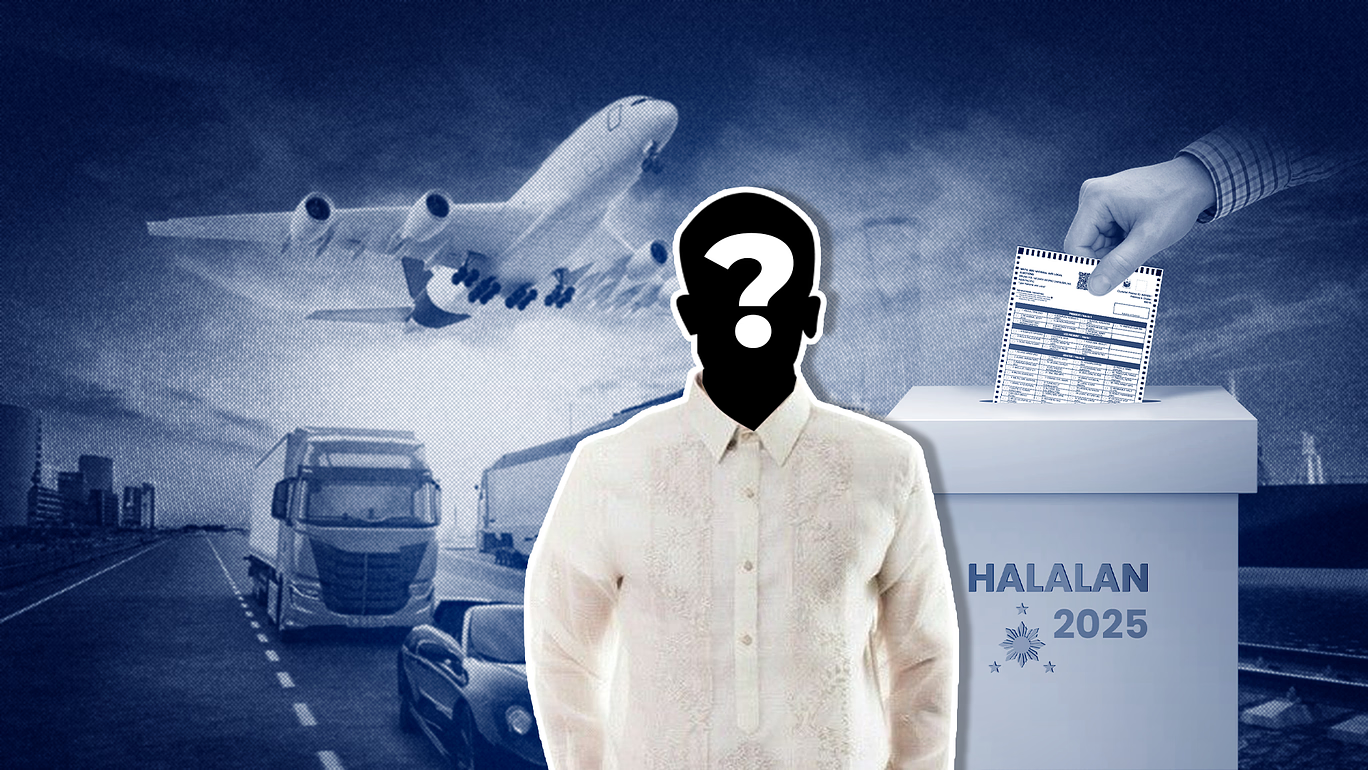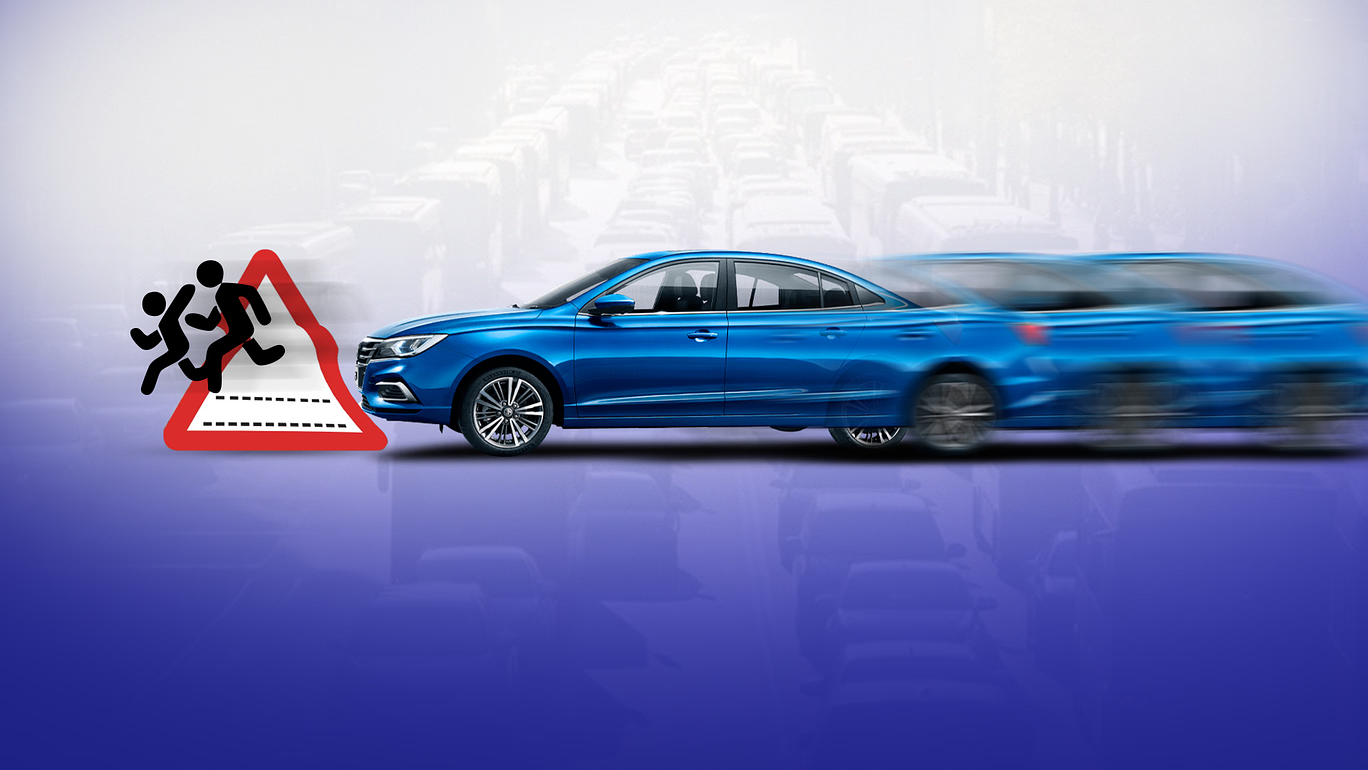As the 2025 Philippine elections draw near, one thing becomes clear—nearly every candidate wants a piece of the road safety and traffic reform pie. From national hopefuls to local contenders, promises of smoother roads, safer rides, and more disciplined drivers are all over their campaign trails. But are these just buzzwords, or are we looking at real change?
Parking, Roadside Decongestion, and Traffic Flow Management
In Manila, mayoral candidate Michael “Dad ng Bayan” Say proposes leasing vacant lots and turning them into organized parking zones to reduce roadside congestion. His son, Solomon Say, running for councilor, supports this idea and adds that it must be coupled with stricter towing policies and better protection of sidewalks to ensure long-term results.
Vice mayoral candidate Pablo “Chikee” Ocampo has a more aggressive approach. He supports turning vacant spaces into parking areas but also proposes banning provincial buses from Manila’s streets entirely, arguing that these large vehicles occupy space equivalent to two to three cars. For him, road space should be maximized for more efficient vehicles and traffic flow.
On the other side of the race, actor and mayoral candidate Raymond Bagatsing wants to create exclusive zones for e-trikes and e-jeepneys in the city. He claims this would not only promote environmentally friendly transport, but also organize routes more efficiently and reduce emissions without sacrificing mobility.
Motorcycle Advocacy and Traffic Enforcement Reform
Senatorial candidate Bonifacio Bosita, through his Riders’ Safety Advocates of the Philippines (RSAP), focuses on motorcycle rider protection. He highlights abuses by traffic enforcers and calls for reforms to make road rules more rider-friendly and less punitive.
Similarly, the 1-Rider Partylist, led by Rodge Gutierrez, supports creating a centralized National Traffic Enforcement and Management Center. This would streamline the roles of enforcers, unify traffic protocols across the country, and introduce clearer registration systems—especially for riders and small vehicle operators.
Transport Labor Rights and Anti-Jeepney Phaseout
Meanwhile, Mody Floranda, running under the Makabayan bloc, challenges the current PUV modernization model, which he says puts thousands of drivers at risk of losing their livelihoods. He proposes rehabilitating existing jeepneys, offering government subsidies for repairs and upgrades, and supporting local manufacturing to modernize transport without displacing workers.
Long-Term Driver Education and Commuter Safety
In contrast, a long-term, education-first approach is what the Bayaning Tsuper (BTS) Partylist would like to focus on. Their platform includes integrating road safety education into schools, regulating habal-habal (motorcycle taxis), and creating regional driver training centers to professionalize the sector and ensure better commuter protection.
Former senator Bam Aquino, now making a political comeback, has also positioned road safety and public transport reform as key components of his platform. He has held multiple dialogues with jeepney operators and drivers, vowing to champion a modernization model that works with the transport sector, not against it. Bam supports strengthening commuter rights, improving driver training, and expanding government support for transitioning to cleaner and more efficient public utility vehicles.
What These Platforms Miss
On the surface, it’s a positive development that road safety is finally front and center. But when we dig a little deeper, many of these proposals still fall short of offering holistic, sustainable change.
The parking and vehicle-ban proposals of Say, Solomon, Ocampo, and Bagatsing focus heavily on clearing road space. While that might ease surface-level congestion, these are still short-term, infrastructure-based fixes. There’s little talk of expanding or improving public transit options, or reshaping the car-first logic that’s made our cities unwalkable and unsafe.
Take for example Ocampo’s proposal to ban provincial buses. It’s true that buses are large and take up space. But the problem isn’t their size. It’s how we’re using road space overall. A single bus can carry 40 to 60 passengers, far more than a car that often carries just one or two. Removing buses to make way for more private vehicles may look like a solution, but it actually worsens congestion in the long run and punishes commuters who rely on affordable intercity transport. Instead of banning buses, the smarter move would be to integrate and manage them better within urban routes.
Similarly, Bagatsing’s push for e-vehicle-only zones promotes cleaner mobility, but risks excluding areas or operators that can’t yet afford the switch. Without clear transition plans and public investment, such exclusivity could increase inequality on the road.
Bosita and 1-Rider address legitimate frustrations among riders, especially regarding unfair enforcement. However, their focus on protection without a strong counterpart on accountability and rider discipline leaves a crucial gap. Motorcycle accidents are among the deadliest on Philippine roads. Something that can’t be ignored in any serious reform.
Floranda offers a crucial counterbalance to pro-modernization narratives. His platform reminds us that any meaningful reform must include drivers, not erase them. But his plan would benefit from more clarity on how rehabilitated jeepneys can meet evolving safety and environmental standards.
Bayaning Tsuper’s education-focused platform is promising. Professionalizing drivers through training centers and early education could shift our road culture long term. But again, implementation remains the challenge. Without proper funding and collaboration from local governments, these centers could easily fall short of their potential.
Don’t Just Listen—Look Closer
It’s easy for candidates to promise better roads and faster traffic. But meaningful reform goes beyond catchy platforms and quick fixes. Real change requires leaders who understand the bigger picture, and have the track record to prove they can follow through.
This 2025, look beyond the slogans. Review their history, examine their work, and ask: have they delivered in the past? Do they have a consistent stand on public service, transparency, and inclusive mobility?
The road to better transport doesn’t start with promises. It starts with people who can turn those promises into reality. Focus for those who’ve earned your trust, not just your attention.
Because smoother traffic won’t mean much if we’re heading in the wrong direction. Vote wisely.
For the latest updates on transport policies, road safety measures, and driving education, connect with DriveSafe PH:
✔ Follow us on Facebook for real-time updates: https://www.facebook.com/drivesafeacademy
✔Be a responsible and safe driver–Enroll in our OTDC: https://main.drivesafe.ph/find-driving-school
https://www.serbisyo.ph/philippines/manila/vice-mayor/pablo-chikee-ocampo
https://www.pna.gov.ph/articles/1241987
https://www.rappler.com/people/p82791780-bonifacio-bosita
https://www.mabuhaynews.net/bts-bayaning-tsuper-partylist-to-push-for-iconic-road-safety/



